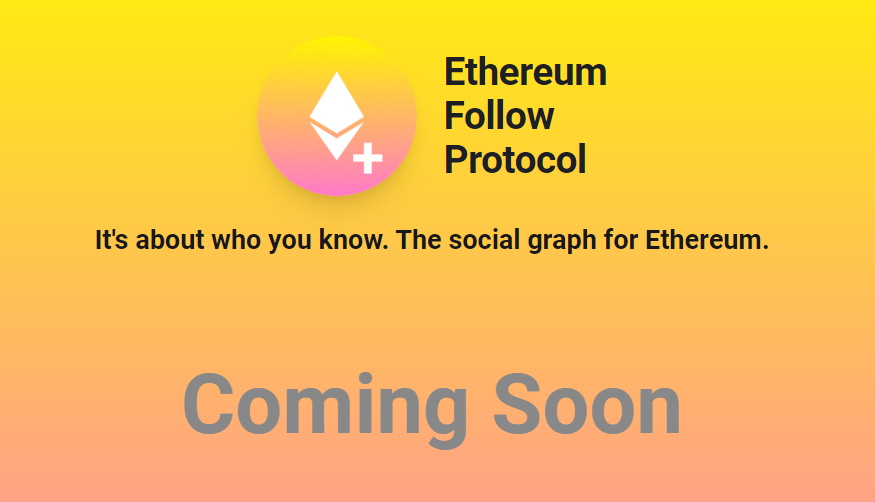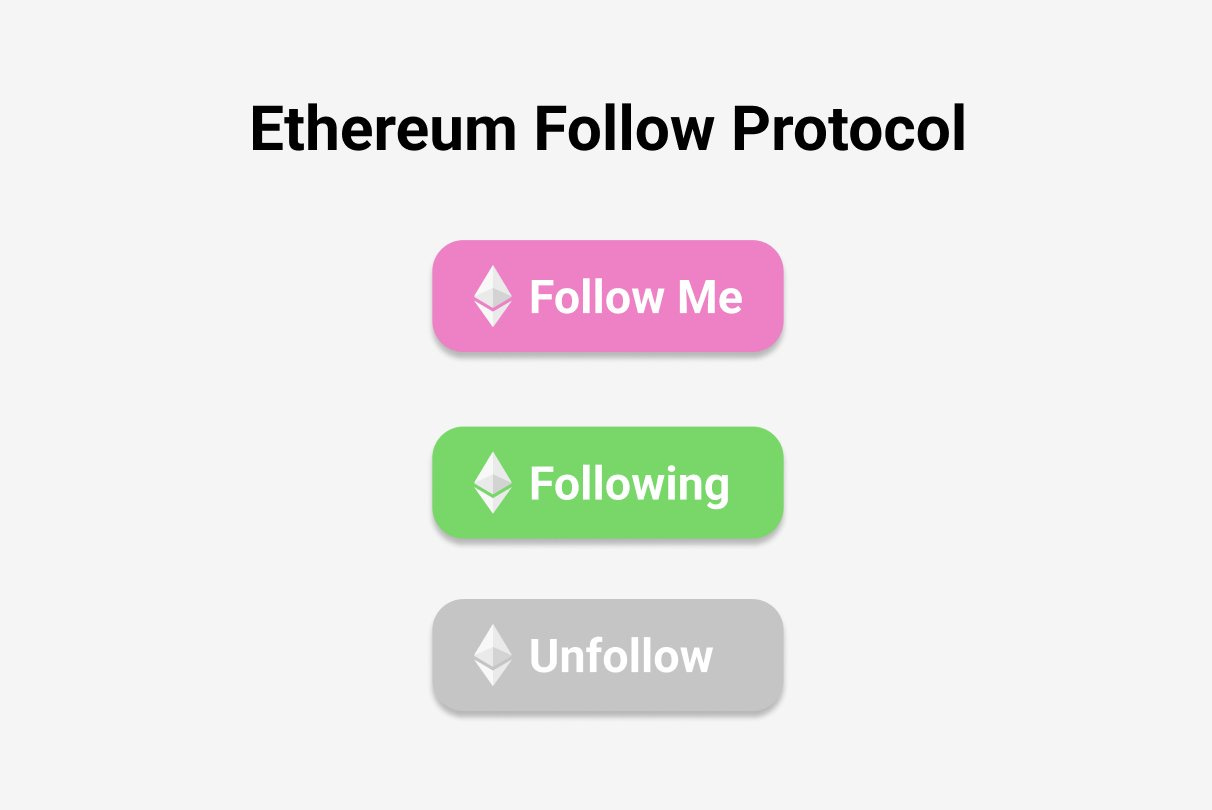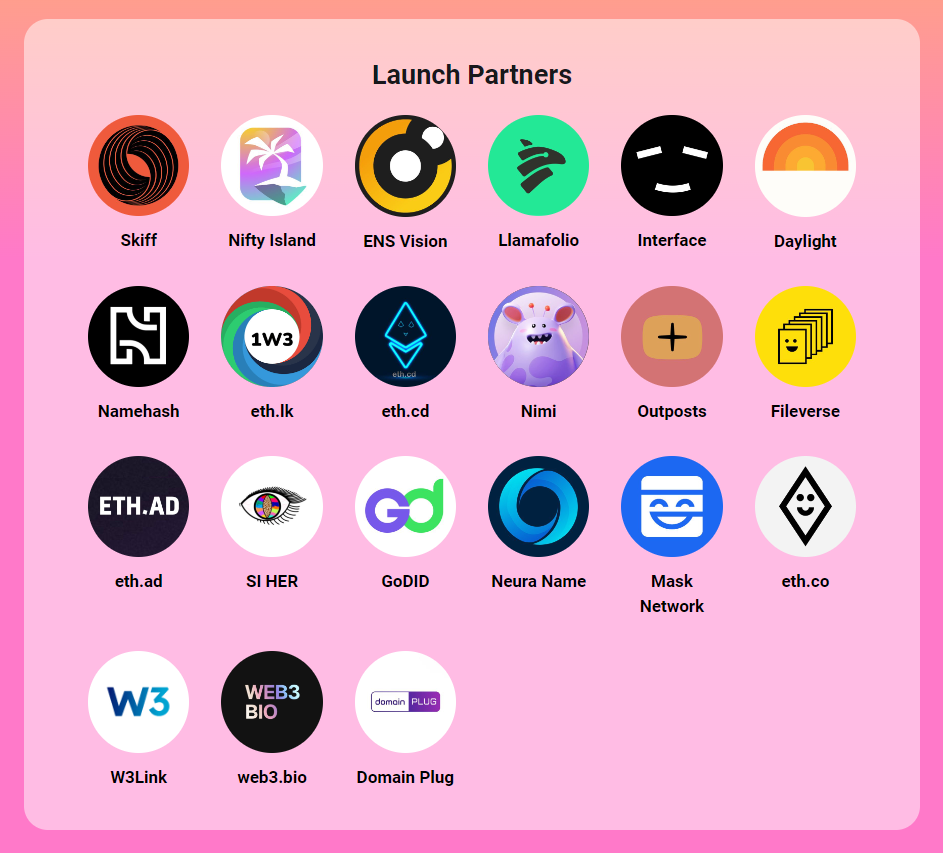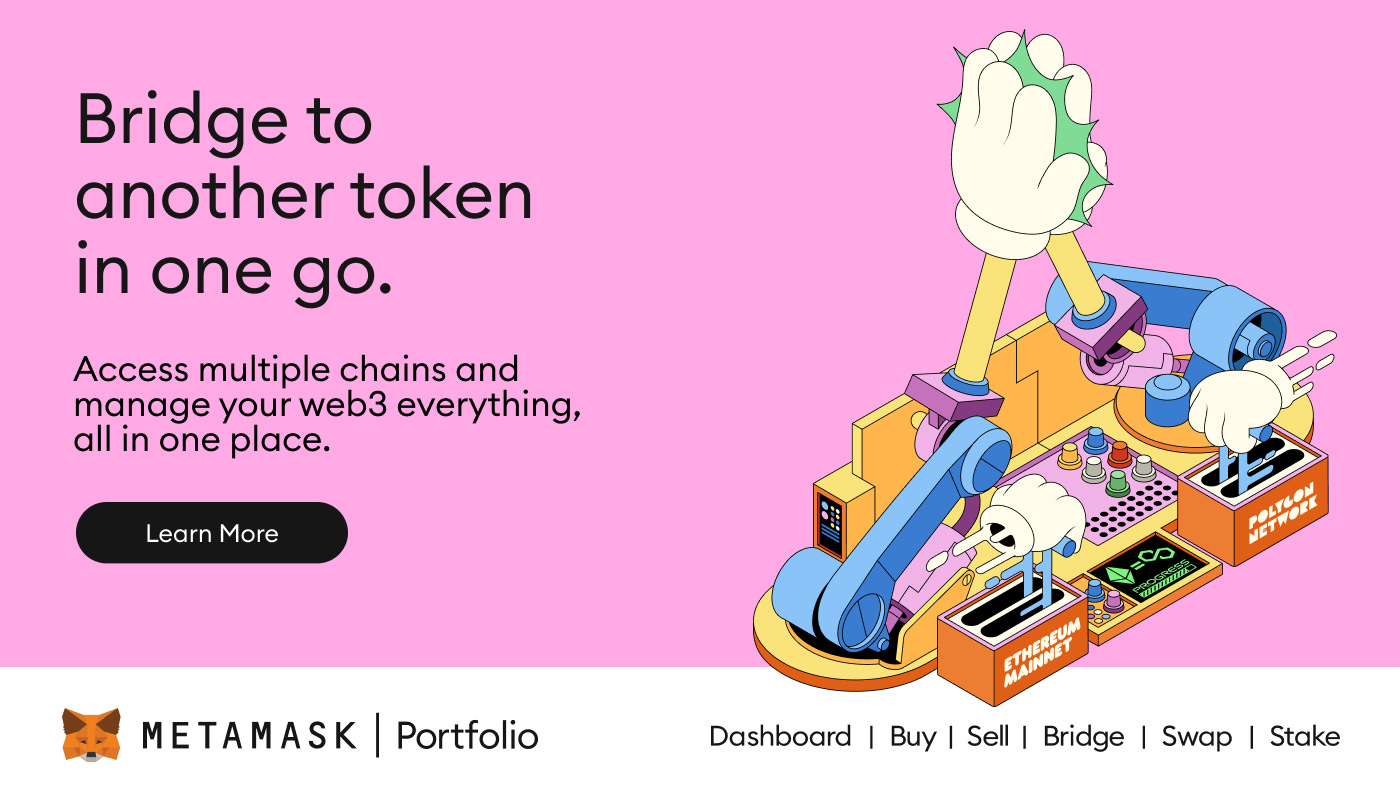Metaversal is a Bankless newsletter for weekly level-ups on NFTs, virtual worlds, & beyond
Dear Bankless Nation,
Hope everyone’s doing well and getting excited for their Thanksgiving feasts!
I’ll be out until next Tuesday on some R&R, so no Thursday or Friday posts this week. We’ll keep things light today with a quick primer on a project I’m getting ready for, the Ethereum Follow Protocol.
EFP’s in active development, and it’s looking to join the ranks of other decentralized social graph projects like Farcaster and Lens, albeit in particularly Ethereum-centric fashion.
Ready to learn more? Let’s dive into the basics!
-WMP
🦊 Thanks to MetaMask Portfolio 🦊
👉 Bridge more assets. Save time and gas. ✨
Intro to Ethereum Follow Protocol
The Ethereum Follow Protocol (EFP), first proposed by Brantly Millegan earlier this year, is designed to be a system for letting users follow other accounts natively on Ethereum.
The big idea? Creating a simple, open, and foundational social graph architecture that is Ethereum-centric and can be readily integrated with existing infrastructure like the Ethereum Name Service (ENS).
🏹 Settle, Hunt, Claim, Repeat.
Be more bankless and become a Bankless Citizen today!
Currently in active development with a demo (demo.ethfollow.xyz) and a test API (docs.ethfollow.xyz/api/) available, EFP’s working mechanics are still coming into focus.
What’s known so far is that the system will allow users to create and manage lists of Ethereum accounts or ENS names, with the potential for also creating lists of any kind of arbitrary data.
For example, lists of NFTs! Back at JPG, a since-shuttered NFT curation protocol, our community would collectively vote on “Canon” NFT lists, e.g. the Onchain Canon. With this new EFP architecture, though, you’ll readily be able to individually create such lists with your own account. The EFP will additionally feature a tagging system to make it easy to maintain multiple, purpose-driven lists in this way.
Notably, Millegan has also previously mentioned the possibility of making these lists be transferable as NFTs themselves, so we’ll see if that pans out as we learn more about the EFP ahead of its public launch.
With regard to storage, we do know that EFP users will have the option to store their lists directly on Ethereum or elsewhere, like Layer 2 (L2) scaling solutions, via the CCIP Read mechanism. The later offchain avenue offers the option of extremely affordable list management, with the only requirement to get started there being an initial setup transaction on Ethereum.
As for comparisons, EFP can be contrasted with other rising decentralized social graphs over its simplistic, Ethereum-centric design. Farcaster touches Ethereum and Optimism, Lens touches Polygon and its bespoke data availability (DA) chain, Momoka. They’re all in the same social graph ballpark, they’ve just taken different ways to get there.
I’ve also previously covered the Ethereum Attestation Service (EAS) in this newsletter, how does that compare here? The EAS can be used to create a decentralized “followers” system, but out of the gate EAS is more universal in design and facilitates verifying and authenticating data in general, thus many use cases can be built on top of it. In contrast, the EFP is explicitly streamlined toward social interactions on Ethereum, i.e. readily facilitating connections and network building.
For now the EFP remains in the “coming soon” phase, but there’s already a landing page, ethfollow.xyz, that you can check out to follow along and track the protocol’s launch partners ahead of the release. So far, partners include projects like ENS Vision, Interface, Llamafolio, Nifty Island, and beyond.
Keep an eye out for more announcements in the meantime, as this social protocol’s one to watch in the months ahead. I look forward to following you on Ethereum soon!
Action steps:
-
📣 Follow EFP for updates: On Twitter and Discord
-
⤴️ Read my previous weekly roundup: NFT Market Momentum
-
📚 Collect this post: Mint it on Mirror
Author bio
William M. Peaster is the creator of Metaversal — a Bankless newsletter focused on the emergence of NFTs in the cryptoeconomy. He also serves as a senior writer for the main Bankless newsletter.
A Bankless Citizen ⚑ turned $264 into $6,077 last year. A 22x ROI 🚀 in a bear market!
🙏 Together with 🦊 MetaMask Portfolio 🦊
More supported tokens and less gas! You can now use the Bridge feature on MetaMask Portfolio to not only move your tokens to a different network, but swap them into a different token of your choice, all as part of the same transaction.
Not financial or tax advice. This newsletter is strictly educational and is not investment advice or a solicitation to buy or sell any assets or to make any financial decisions. This newsletter is not tax advice. Talk to your accountant. Do your own research.
Disclosure. From time-to-time I may add links in this newsletter to products I use. I may receive commission if you make a purchase through one of these links. Additionally, the Bankless writers hold crypto assets. See our investment disclosures here.





